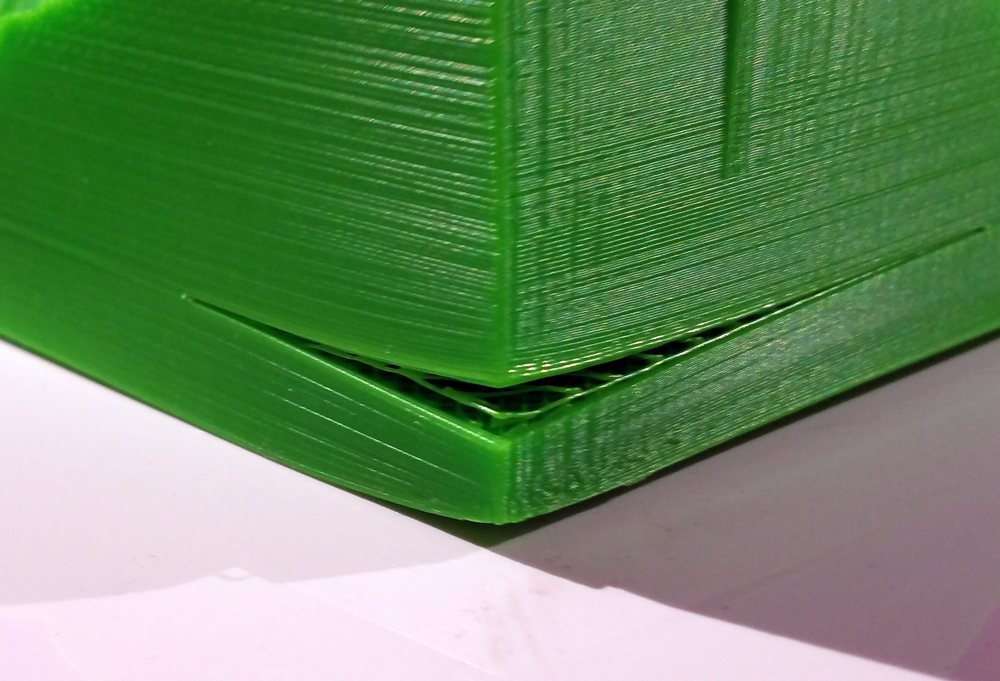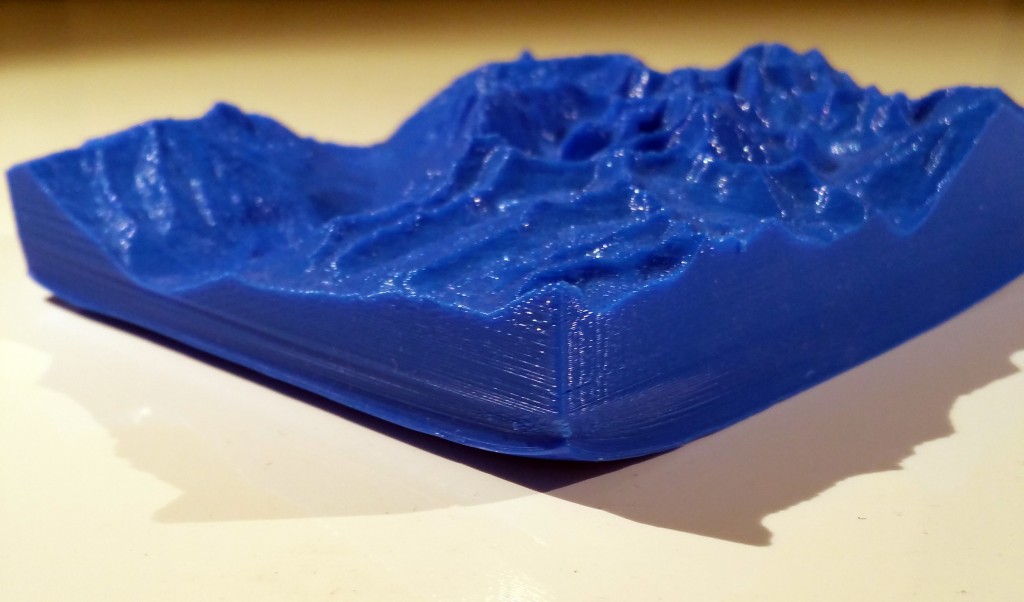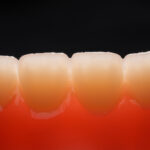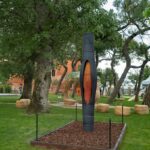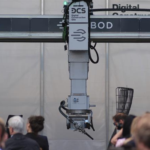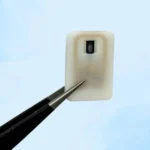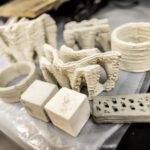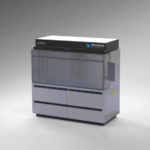How to prevent warping
Today I’d like to talk to you about warping and how to minimize the effects that shrinkage can have on our work, especially for long prints. We should keep it to PLA and ABS as those are still the most commonly used. I will share some tactics that I find help resolve this. This article will be more based on tips and theory and how to improve your printing results but no firm 100% solution.
DIY Enclosure
Perhaps printing is like cooking. Factors such as barometric pressure, humidity, temperature etc play a part in it. Or its just chaos at work! I will say I get much better results with a near air tight enclosure to trap in the heat and reduce turbulent air flow. I also insulated the top with bubble wrap sandwiched with mylar, added an exhaust fan to vent fumes and lights for show. The hot enclosure should allow the the print to adjust a little better with smaller variations in temperature.

Rafts
Rafts are essential, they really help hold your print down and minimize shrinking. Caution though if it sticks too well then your part can split. This happened to me before when I clamped my raft down with metal clips. Little to no shrinking but sometimes somethings gonna give.
Infill
For large and long prints I have noticed that printing with 20-25% percent infills help since there is less plastic and less shrinking force exerted on your print but just enough to hold the structure and the outer walls from distorting. If at all possible try to print with no bottom layers and see what happens, this seems to also reduce the curling. There are near an infinite amounts of shapes to print so it’s subjective but large prints like a map or something that take a large surface area on the build plate this seems to work well.
Collaborate
Please share your experiences in the comments section, what do you find works best?




